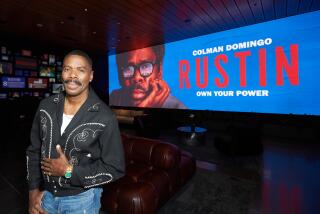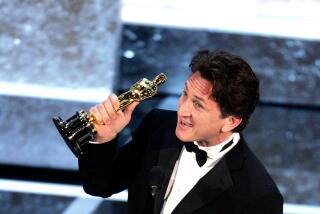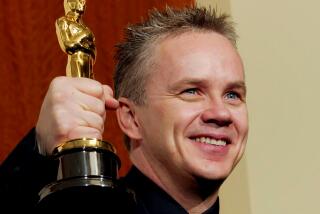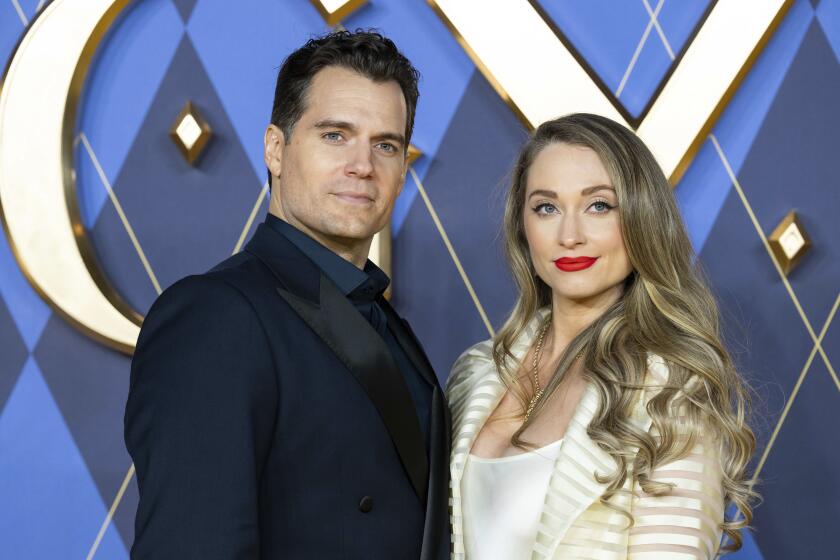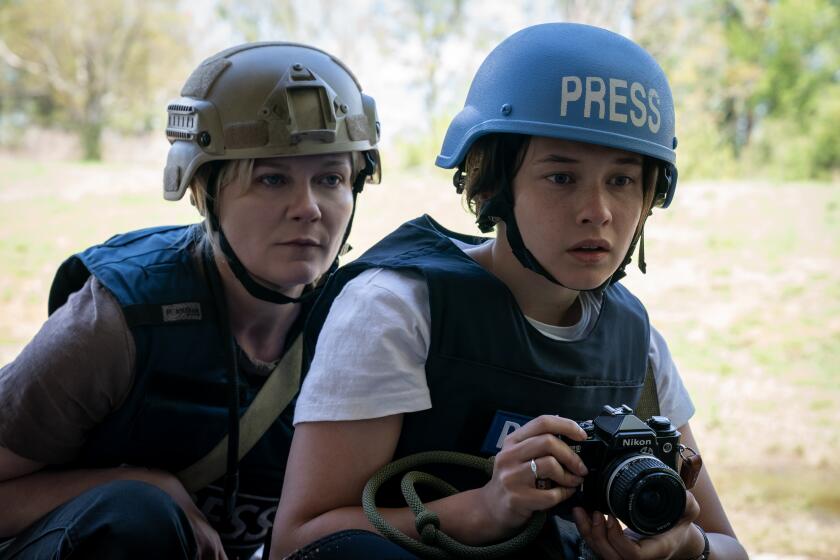The friendship behind the look of ’12 Years a Slave’
To filmgoers, director Steve McQueen has had a busy five years, bursting onto the scene with 2008’s “Hunger,” following with “Shame” in 2011 and now this year’s “12 Years a Slave.” Cinematographer Sean Bobbitt served as director of photography for all those films — and, as he can explain, his background with McQueen began long before the director leapt from the visual arts to feature filmmaking.
“I’ve been very fortunate to have worked with Steve for 13 years now and started off doing his art installation work. Over those 13 years, we’ve had a chance to chat quite a lot, so I would say that there very much is a shorthand between us. The reason we’re still working together is because we have a very similar aesthetic and ... there’s a trust there between us and a friendship that I cherish and he cherishes, and because of that trust and that friendship there’s a bravery to what we are able to do.”
That bravery was essential to making “12 Years a Slave,” McQueen’s version of the story of Solomon Northup (played by British actor Chiwetel Ejiofor), a free black man abducted while on a visit to Washington in 1845, taken to the South and sold into slavery. The film was shot in the searing heat of Louisiana, close to reality and far from comfort.
“The film could not have been made anywhere else because of the subject matter. And Louisiana ... it is inherently beautiful, and inherently corrupt. And we were faced with a lot of choices on this film, and one of the early decisions was that this isn’t a documentary, this isn’t gritty reality, this is an epic, a classic epic. And so there was a conscious decision to make it beautiful, to make it painterly.”
“And that works in several different ways for the film in themes of the telling of the story. It works as a counterpoint to the horror of what we’re witnessing, the inhumanity, the humiliation, the torture, everything else is held against this beautiful landscape. And also, this is something that Steve was talking about from the beginning: The beauty, it helps the audience stay with the film. Because if the film were ugly, and if it were grungy and dark and gritty, then I don’t think people would stay.”
An ex-news cameraman, Bobbitt turned his experience shooting real events in Lebanon and other hot spots into training that lets him shoot swiftly and with vision working at the slightly less tense pace of feature filmmaking. “The thing about a film set is you get to go again and again and again until you get it right. When you’re doing news, you have to get it right the first time. And that teaches you discipline; you can’t just film everything, because you have a time constraint, so you have to make decisions — and those decisions, they have to be considered.”
VIDEO: Highlights from the Envelope Screening Series
Much has been made of the film’s unflinching approach to the brutality and inhumanity of slavery. “A lot of people have asked me, on this film in particular, ‘When you’re filming something that’s horrific, does it affect you?’ and the answer is, ‘Not really, because I know it’s a movie, because I have a bloody great camera on my shoulder.’ So I’m focused on the technical. I’m looking at the lighting. I’m listening to the actors, I’m watching the performance, I’m trying to keep the composition going. I’m doing all these things. Of course, what does affect me is the performance.”
Bobbitt, laughing, sums up how he and McQueen and the cast had to work swiftly — but still effectively: “I think the most emotional shot in the film is this close-up of Chiwetel, when he turns and looks into the camera ... and as we were filming that, it was a pickup [after principal photography wrapped]. It was in a car park in the middle of nowhere ... but it is a testament to Chiwetel as a performer that he is able, at that moment, to conjure up what is a truly remarkable performance.
“Just talking about it makes the hair stand up on the back of my neck.”
More to Read
Only good movies
Get the Indie Focus newsletter, Mark Olsen's weekly guide to the world of cinema.
You may occasionally receive promotional content from the Los Angeles Times.
